The Coney Island of the East Coast
Crescent Park, Vanity Fair, Boyden Heights, Hunts Mills
"For anyone over 50 years old that grew up in East Providence, their best memories run down the Crescent Park Midway. At least once every summer, a night comes along where I dream of riding the Flying Fish one more time", says Don Gregory. Gregory, a 1979 EPHS graduate, grew up and still lives in Riverside. He enjoys reliving his childhood memories from Riverside and Crescent Park. Perhaps not many "younger" residents of East Providence today realize that the city once was called the Coney Island of the East Coast. In fact there were four major amusement parks in the city. Three of the parks - Crescent, Boyden Heights and Vanity Fair, were along the Riverside waterfront. A fourth, and lesser known park was at Hunt's Mills in Rumford. Crescent Park was Rhode Island's second park and was opened as an amusement park in 1886. During this time frame much of the Riverside area became a resort town featuring many summer homes along the Narragansett Bay or Providence River. Riverside was a destination for many vacationing families. Steamboats and trains from Providence and many other areas brought thousands of visitors to the shores of East Providence.
George Boyden opened Crescent Park in 1886 and increasingly added new rides and attractions until it became Rhode Island's 2nd most popular amusement park in 1893. Rocky Point was opened in the late 1840's in Warwick, RI just across the bay from Crescent Park. Boyden named the park for its' crescent shaped beach. Rocky Point closed in 1995. Boyden's Crescent Park boasted of the largest dance hall on the eastern shore. He had Wild West shows, a midway, and to support the new craze at the time, he built a bicycle racing track. Boyden contracted Charles I.D. Looff to construct a carousel in 1892 and another in 1895. Crescent Park became the site for which Looff built and shipped his carousels across the country. Buyers came to Crescent Park and picked out the kind of horses they wanted duplicated for their own carousels. Loof moved his headquarters to Long Beach, California in 1910. Of the over 50 carousels that Loof built in his lifetime, the Crescent Park version remains one of the few remaining in operation in the world. Looff's first carousel was built on the pier at Crescent Park and doubled as a sample to perspective buyers from other parks. It was later moved to Hunt's Mills in Rumford where another smaller amusement park operated. But the larger and grander version still sits in Riverside, having been named as a National Historic Landmark in 1987. Hunt's Mills today is a picturesque place along the Ten Mile River for residents to relax and sits next to the East Providence Historical Society's headquarters. However, from 1900 to 1920 or so, Hunt's Mills featured a Looff Carousel (from Crescent Park), dance hall, shooting galleries and amusement rides. Today there is very little evidence there of such.
Boyden's Crescent Park housed much more than the Looff Carousel. The park became famous for its' shore dinner hall, bandstands, roller skating, boat rides, large midway, roller coaster, haunted houses and many other rides and attractions. Crescent Park’s first dark ride was an Old Mill attraction named Rivers of Venice, installed by then park owner Charles I.D. Looff, Jr. in the 1920s. Looff, Jr. was the son of Charles I.D. Looff. Young Charles had worked for his father and was a great horse carver in his own right, extending his creative talents to build other rides at the park including a small roller coaster, the Flying Toboggan, across the midway from his father’s 1895 carousel. Looff’s Rivers of Venice was located halfway down the midway. The ride was planned to resemble Venice, Italy but the interior of the ride hosted scenes of world history including the Lewis and Clark Expedition. Boyden wanted visitors to focus more on the park than the water so he had Looff place the carousel in its' current location, across the street from the bay. The 400 foot dock remained for boat rides and to unload patrons from ferries but eventually fell into disrepair.
In 1901 the Hope Land Company purchased the park. Under the leadership of Fred Dexter, the majestic “New England Association of Arts and Crafts Hall” was built in 1902. During this period Looff added rides such as the “Flying Toboggan” and the “Rivers of Venice”. Dexter died in 1906 and Hope Land Company appointed R.A. Harrington to run the park. The park was bustling with patrons that were brought from trolleys and steamships from all over New England and New York. In 1914, the son of Charles I.D. Looff (Charles Looff) built the new “Shore Dinner Hall”. Charles Looff took ownership of the park in 1920.. The younger Looff began expansion of the Amusement Park, by adding a roller rink and the “Alhambra Ballroom”. Looff died in 1925. Beacon Manufacturing assumed ownership, but had moved their operations south. John Clare was appointed manager of the park. The park remained under this structure for over two decades. During this time, Dominic Spadola was building many of the enchanting rides of Crescent Park. The “Tumble Bug” and others were crafted by Mr. Spadola. Crescent Park hit hard times in the war years (1941-45). Attendence was way down and materials were scarce. In 1951, the park was purchased by the Crescent Park Realty Company. Management responsibility of the park now belonged to Arthur Simmons and Fred McCusker. In 1966 the park was sold to Melvin T. Berry.
One of the constants at Crescent Park has been 77 year old Edward Serowik of Riverside. Serowik has worked at the park since 1948 or so. "Since I was 12 to 14 years old I worked at the park setting pins at the bowling alley and other odd jobs. At 15 I was working on the Merry-Go-Round. I was the last hire of Mr. Looffs's daughter," said Serowik during a recent interview and behind the scenes tour of the carousel. "After high school I continued to work at the park. I became ride supervisor and head of maintenance for the entire park." In 1972, Serowik was hired by the school department and eventually became head of maintenance for the high school, a job he held for 30 years. "While working full time for the schools, I continued to work part time at Crescent Park. I've seen a lot in my years here," he recalled pensively. "When the park closed in 1977 it was sad to me and to so many. It was boarded up and remained closed for years. Today, Serowik keeps the place going and has filled the carousel with hundreds of pictures and memorabilia from the park's early days. Patrons often visit him in his very small, cluttered office to view pictures and chat about the history of Crescent Park. His personal knowledge and collection is extensive. And then came the lawsuit..." he said with a slight smile.
The lawsuit was a grass-roots effort by 5 Riverside residents to "save Crescent Park". A large auction was held in March of 1979. The Carousel was doomed to be torn down with the rest of the park. But local residents, Gail Durfee, Jobel (Tracy) Aguiar, Richard Lund, Linda McEntee, & Robin Peacock fought back. While most of Crescent Park was auctioned off in 1979, a fire destroyed much of the midway in 1980. And in 1984 the vacant shore dinner hall burned down. Arson was suspected. The "Save our Carousel Committee" led by the "Crescent Park Five" concentrated on an effort to at least save and preserve the Looff Carousel. Many proposals were floated to city leaders and several did not include keeping the carousel. Contacted for this story, Gail Durfee did not want to say much. "I've pretty much been taken out of the loop these days," she said. Durfee did have a few comments however. "Our goal was to save the carousel and some prime waterfront land for the public. That was our goal," she said. After a long legal battle, in which former state Attorney General, Arlene Violet represented the group, a compromise was reached in Superior Court. The carousel was saved and the city was given about 7 acres of bay front land for open space and almost 4 acres around the carousel itself. In turn, developer Kelly & Picerne got to build Section 8 housing for the elderly and handicapped near the carousel in a complex now called Crescent Park Manor. Individual homes and more upscale condos were built on the Bullocks Point avenue side of the road. The developer bought the land from the city for about $825,000. Former city manager, Earl Sandquist and city Mayor Ed Langton were opposed to keeping the carousel or any of Crescent Park open, according to Durfee. And thus, the historic Crescent Park Looff Carousel was saved and now thrives. The Crescent Park Five, as they been called, were recently inducted into the EPHS Hall of Fame for their efforts to save the Looff Carousel.
And since the carousel reopened in July of 1984, the newly formed carousel commission has counted on Ed Serowik and others to keep its' 118 year old merry-go-round working safely. "We got a $1 million grant from (former) Representative Patrick Kennedy. We replaced the foundation under the carousel and also added a sprinkler system and new electric. Three years ago we replaced the 115 year old gears. We're keeping it going," said a proud Serowik as he went to speak to a mom who was planning a child's birthday party at the carousel. This year the city will be making exterior repairs and repainting the building. "Since the budget commission has left we seem to be moving again, getting things done. They (budget commission) had stopped us from doing a lot here," Serowik noted. Serowik's son, Edward, Jr. is now the carousel manager, following in his father's footsteps.
Two other amusement parks dotted Riverside's waterfront. Vanity Fair and Boyden Heights. Trying to build upon the success of Crescent Park, George Boyden built Boyden Heights on the water at the end of what is now Boyden Blvd. across from Bay View Academy. Boyden Heights was similar to Crescent Park in its piecemeal design, but it was also a typical park with many of the same rides and events as Vanity Fair. Boyden Heights was even more doomed than Vanity Fair. Although it was a typical park, it never caught on. George Boyden, after being forced out of Crescent Park, made a try near Squantum Point. He constructed "boardwalks and a pier, a shore dinner hall, rides, and a dance hall, but by December of 1902 he was bankrupt." The park is now a residential area, but at one time had a scenic railway, a dance hall, and even diving horses! It had only survived a year. Now the park is gone and all that remains is a house that was converted from the bandstand.
Vanity Fair developers had big ideas. It sat about where the Silver Spring golf course is now. 'Vanity Fair is the most ambitious, grandiose amusement park north of Coney Island', shouted out ads for the new park. The park opened in 1907. It had all the rides including a Chute the Chute, roller coaster, and carousel. It boasted a hotel, boardwalk, dinner hall, Wild West Show, dance hall, circus, an Indian congress, and wild animal area. It had sideshows like the baby incubator, borrowed from the idea at Coney Island. Perhaps one of the most spectacular events ever was the "Fighting the Flames." "Fighting the Flames" was a mock city that would, every afternoon, have flames shoot from gas jets and actors would call for help, followed by an exciting rescue by the "fire fighters," who had the actors jump into nets, arms of fire fighters, or were carried to safety. The developers over extended themselves as it also set itself apart by charging admission, having a planned midway, and an overall design scheme. The midway was surrounded by white buildings with lights outlining each structure. Vanity Fair was doomed to fail. It went into receivership in its first year. It struggled on for two years until in 1910 it went bankrupt. By 1915, Standard Oil bought the land and created an oil tank farm. Oil storage tanks now took up a good part of the East Providence waterfront erasing much of the scenic bay front views of the past. Potential waterfront development ongoing in the city may try to soon reclaim some of the early waterfront beauty found on East Providence's long coast line.
All that was left was Crescent Park. The story of Crescent Park is not unlike that of other parks in the area, and like others it was badly damaged by the 1938 hurricane. It thrived during the 1950s, though, and did not begin to decline until the 1970s when changing tastes, neglect, and financial difficulties made it hard for the park to survive. In 1962, the Satellite Ride broke free of its axis and injured several visitors. One former park patron has become an expert on Crescent Park and amusement parks throughout the country. George LaCross now lives in Barrington but grew up in East Providence and has built a web site called "laffinthedark.com". "I grew up in East Providence, and Crescent Park was in my backyard. Well, not really. If you walked 100 feet up my street, turned right and walked straight for four miles, you would end up at Crescent Park. It took but minutes for us to get there by car. Maybe a half hour or so by bicycle. So, as a kid, I felt like Crescent Park was part of my neighborhood. Actually, I felt like I had my own Disneyland down the street!", says part of an introduction on LaCross' web site. LaCross continues; "for those of us growing up nearby, Crescent Park wasn’t just an amusement park, it was a way of life. And the park had a very short life if you were born in the mid-1950s; it closed after the 1977 season. But it helped shape who I am today and it sparked my lifelong fascination with dark rides and funhouses." LaCross liked the gorilla in the Riverboat ride so much that he bought it at the park auction and restored it. "I bought the original gorilla and restored in 1979. The gorilla would lunge at riders with the help of a shot of compressed air. It showed up at the end of the Bourbon Street scene in the ride as a result of a "voodoo curse" which was a recurring theme throughout the ride." Yes, LaCross still has that child-like twinkle in his eye when talking about Crescent Park.
And so it remains that little kids like George LaCross, Don Gregory, Ed Serowik Sr. and Jr. have grown up, but they and thousands of other big kids still enjoy talking about Crescent Park. Many go back for a nostalgic carousel ride or some chowder and clam cakes. The carousel commission relies mostly on donations to stay in operation. Annual events like Movies in The Park, Tree Lighting and Santa's visit, Puppet Shows, Saturday Night Classic Car Shows and Food and Wine Pairing help to raise funds. More information on schedules, etc., can be found at the carousel or by calling 435-7518. One can also email: carouselclerk@cityofeastprov.com. One tradition that continues after 118 years, is tied to academics. Kids bringing their report cards to the carousel ticket booth in June, will get a free ride for every A and B. There are no more boat rides though or trolley cars and trains bringing thousands to Riverside. But the carousel is open on Wednesdays through Sundays, from 12 noon until 8 p.m. A snack bar is open and if you listen to the 118 year old carousel organ play and watch the kids having fun trying for the brass ring, you are almost transported back to the golden age of Crescent Park. Almost.
(Thanks to the following for their quotes and pictures: George LaCross and his laffinthedark.com web site; Don Gregory; Lewis and Young, Rhode Island Amusement Parks; Stephen Kent Goodman’s Article; Rhode Island Amusement Parks by Rob Lewis and Ryan Young; Arcadia Publishing, 1998, Crescent Park Carousel Commission. Also many thanks to Ed Serowik for his time and extensive photo collection. And to this reporter's own childhood memories of Crescent Park. Send us your Crescent Park memories and pictures and we'll post them on our reportertoday.com web site. Email: bob_rodericks@yahoo.com).
Comments
2 comments on this item Please log in to comment by clicking here


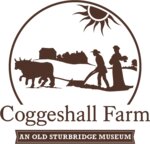

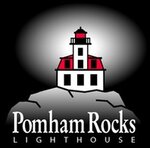
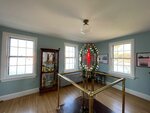




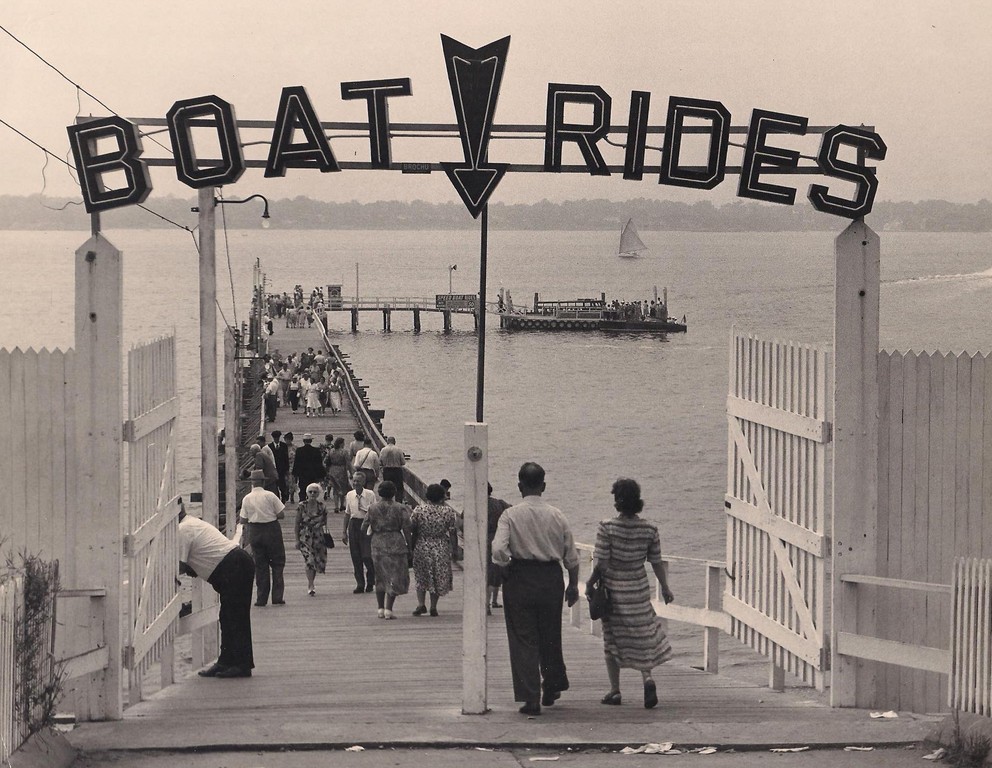
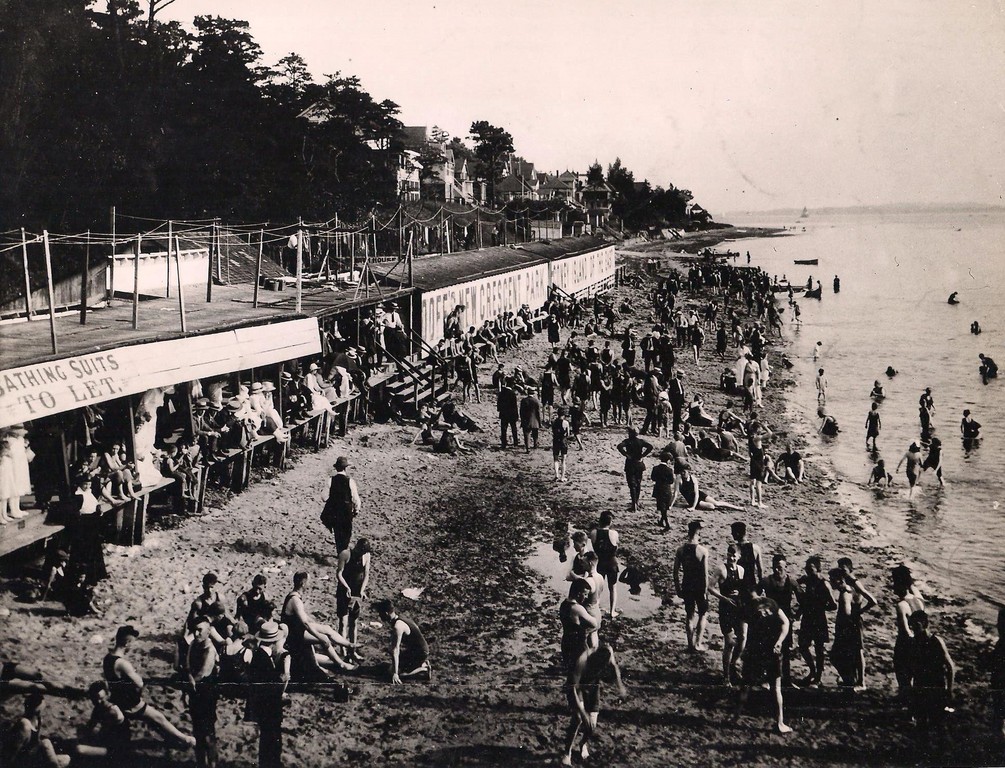
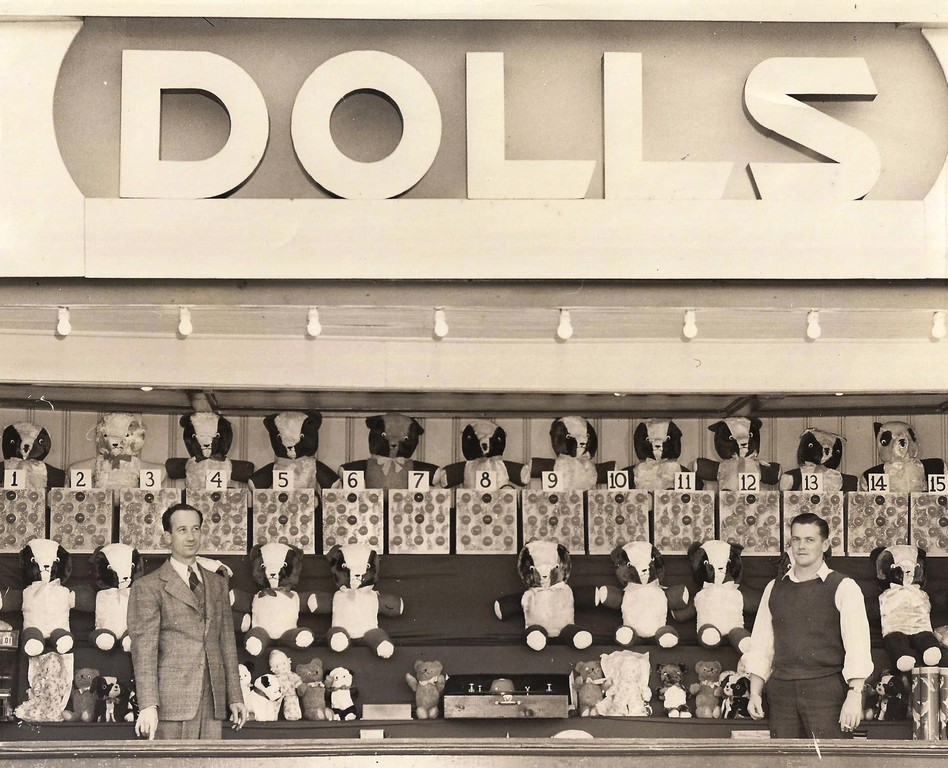
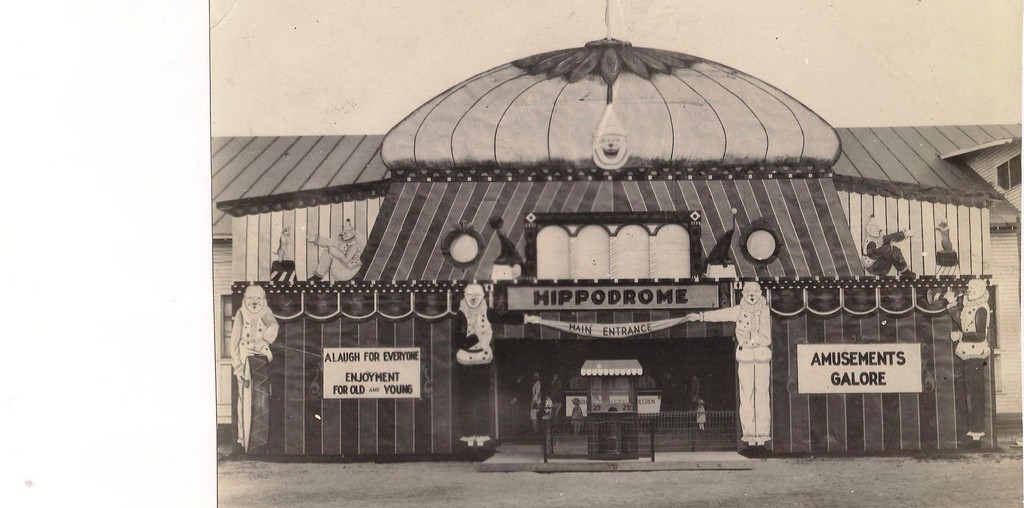
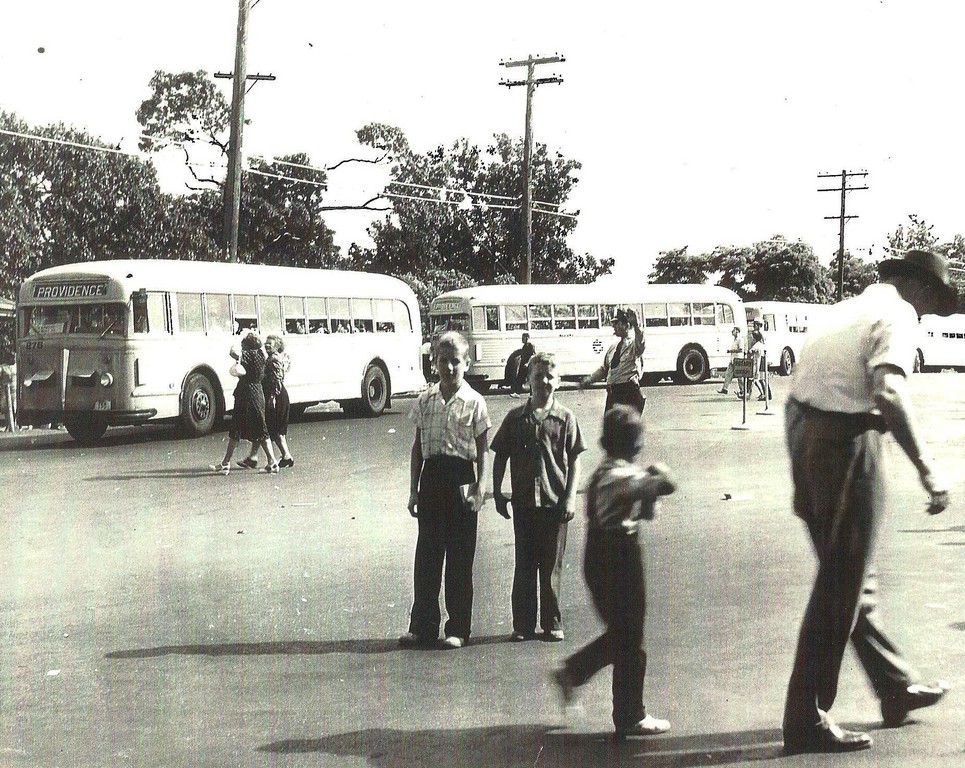
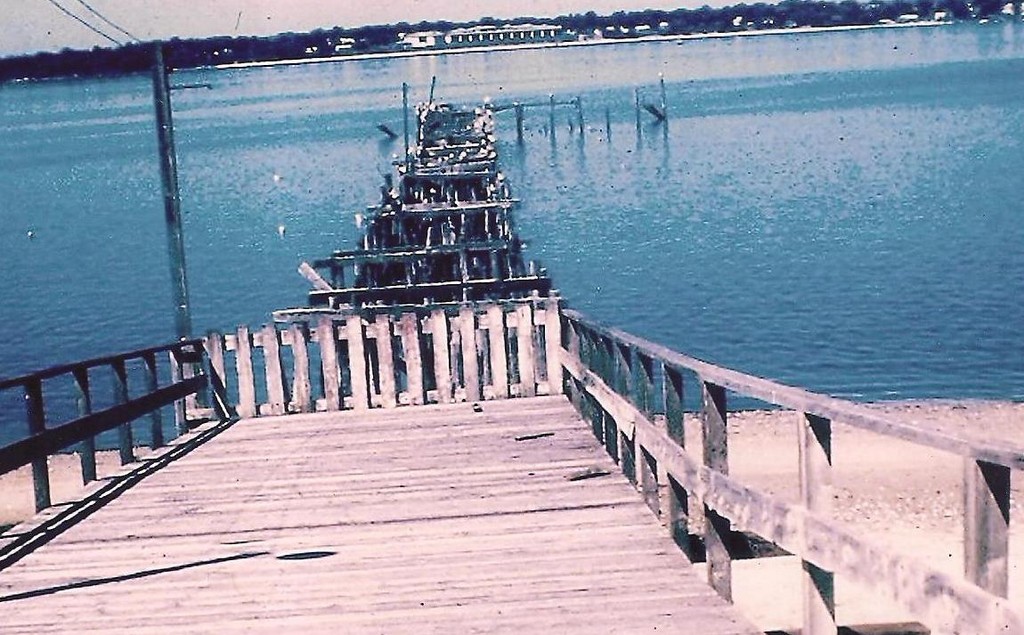
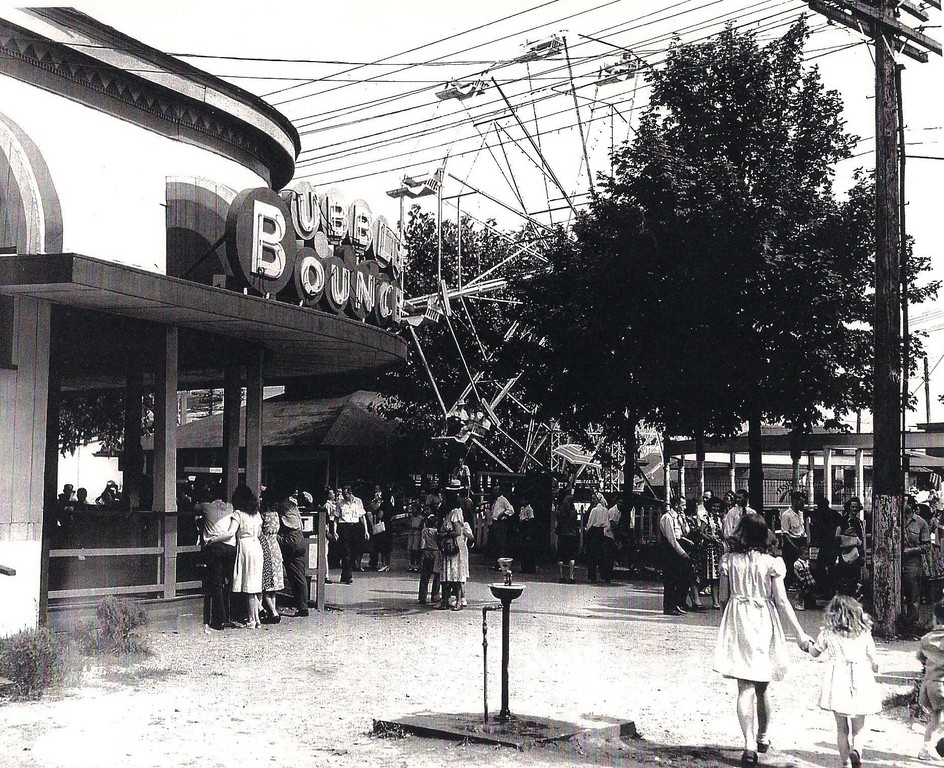


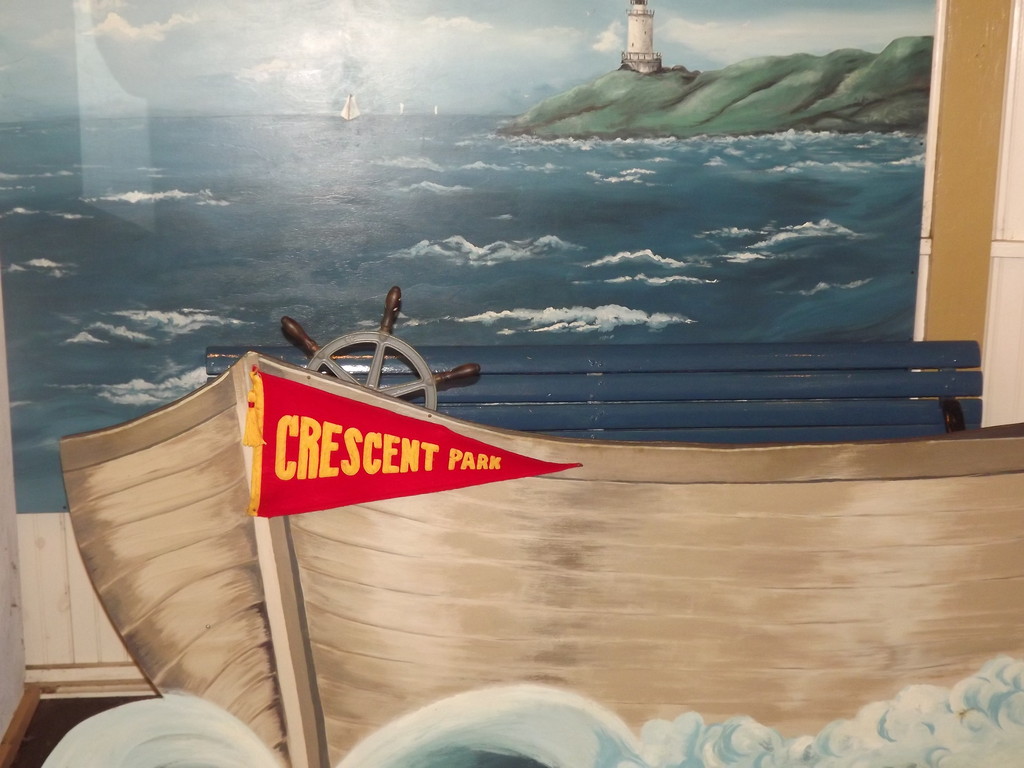
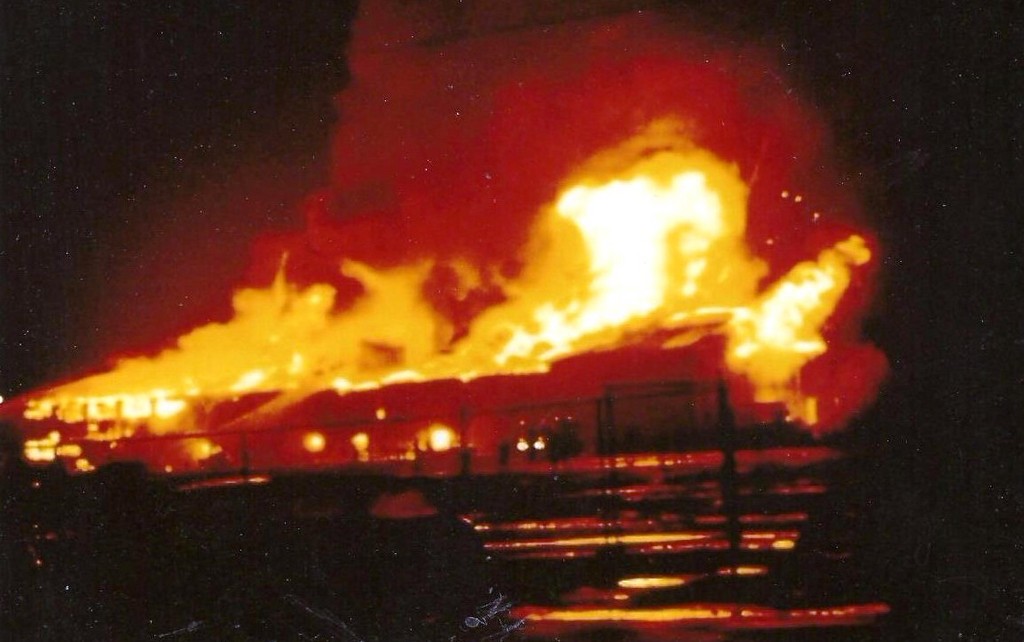
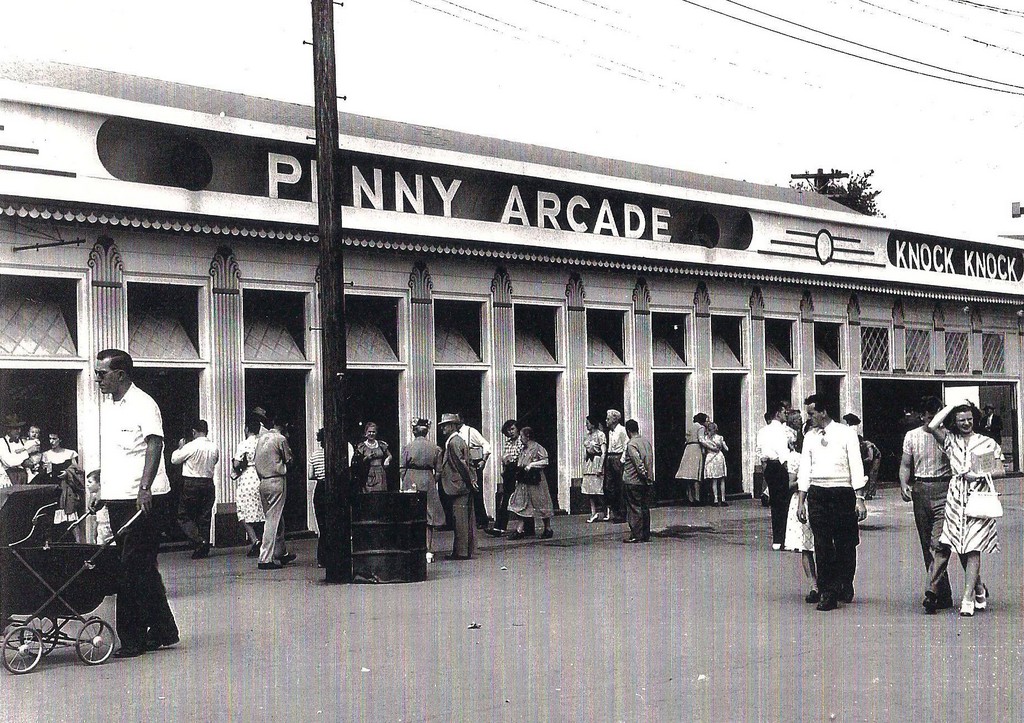

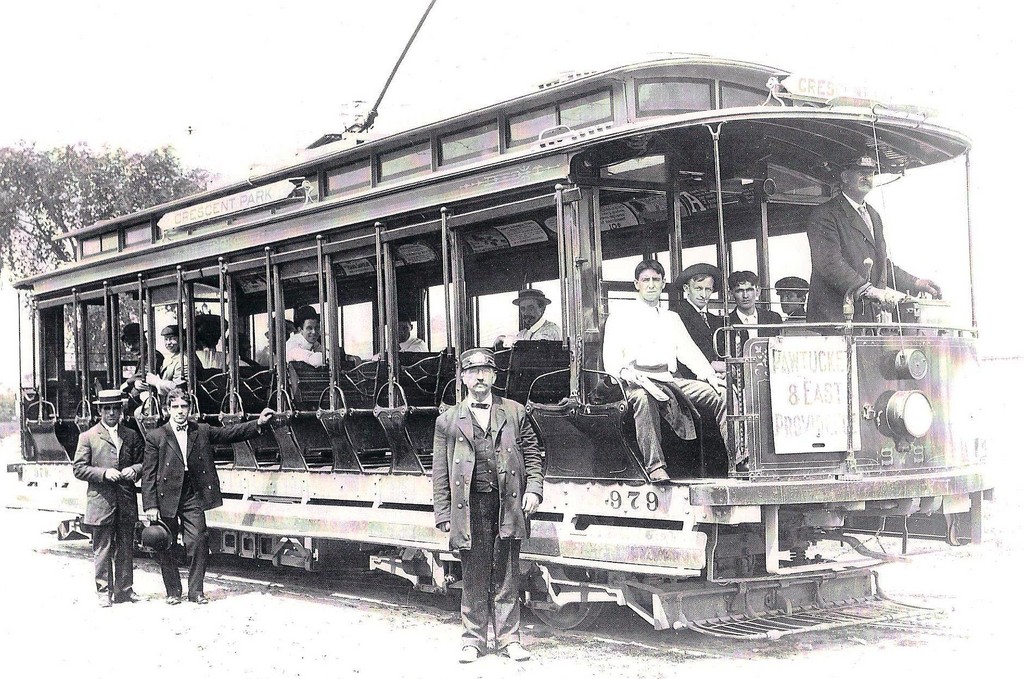
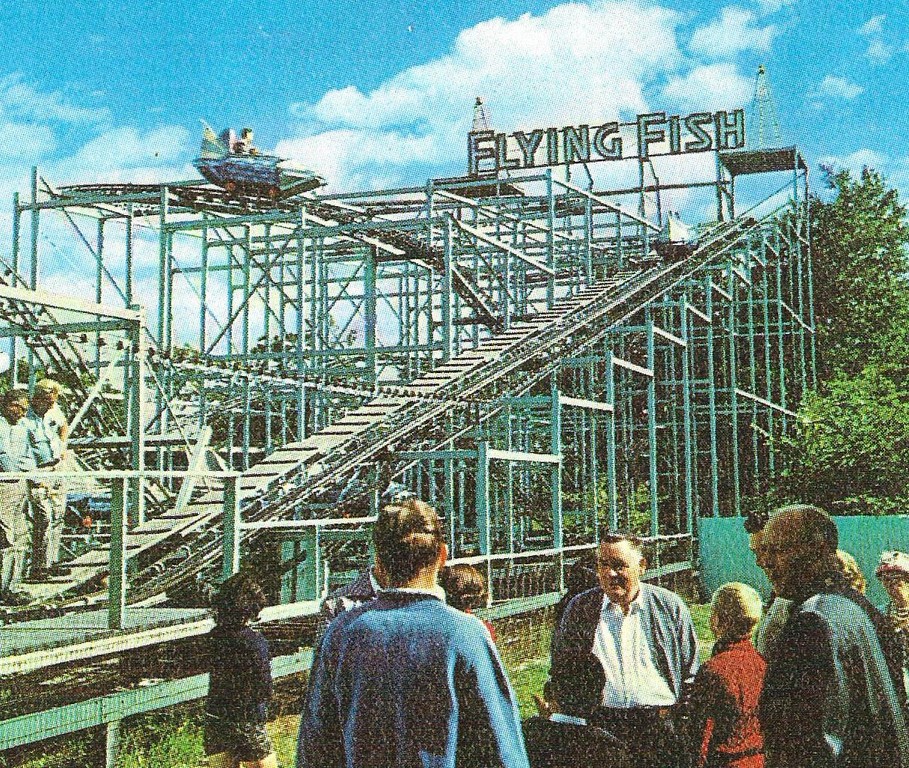


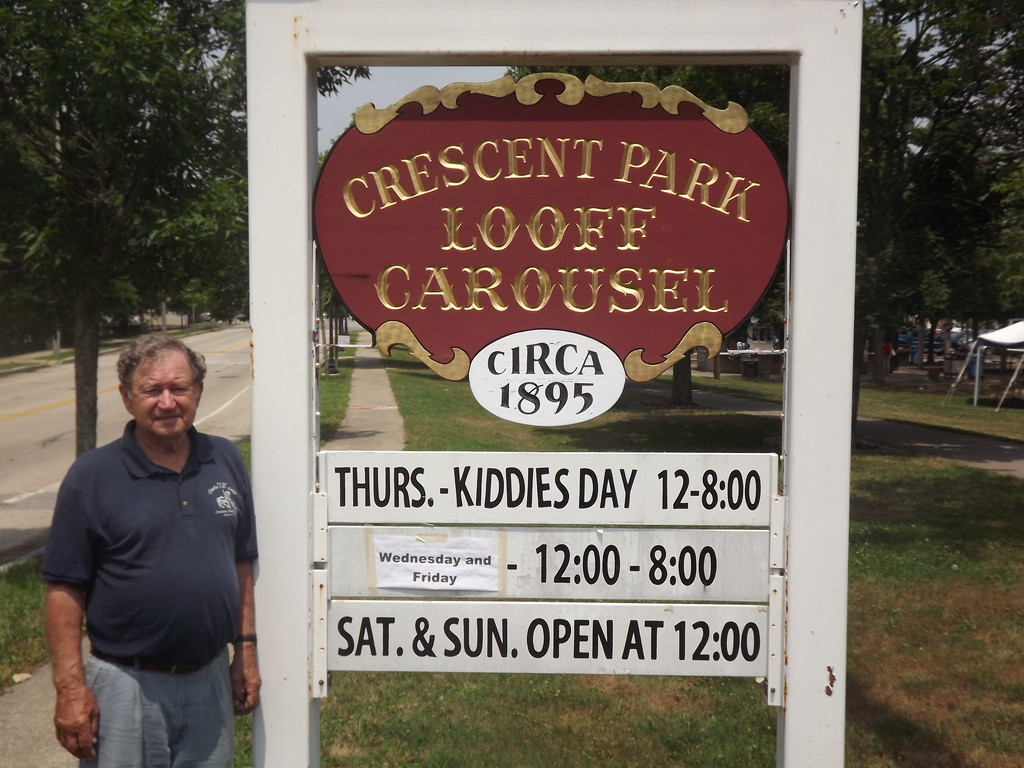


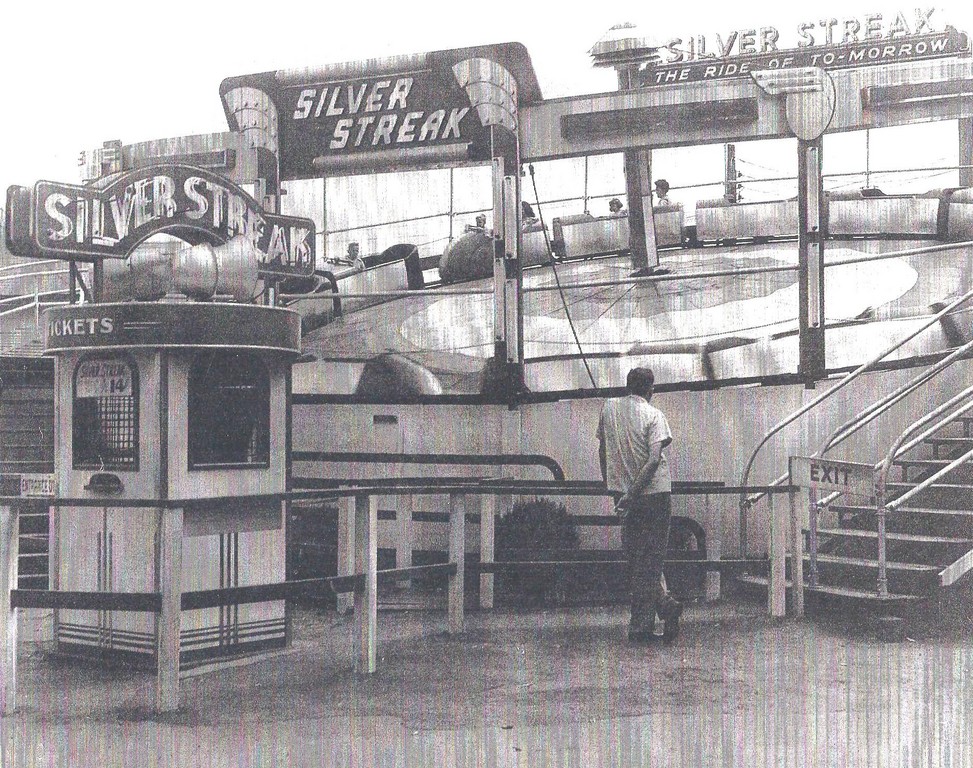
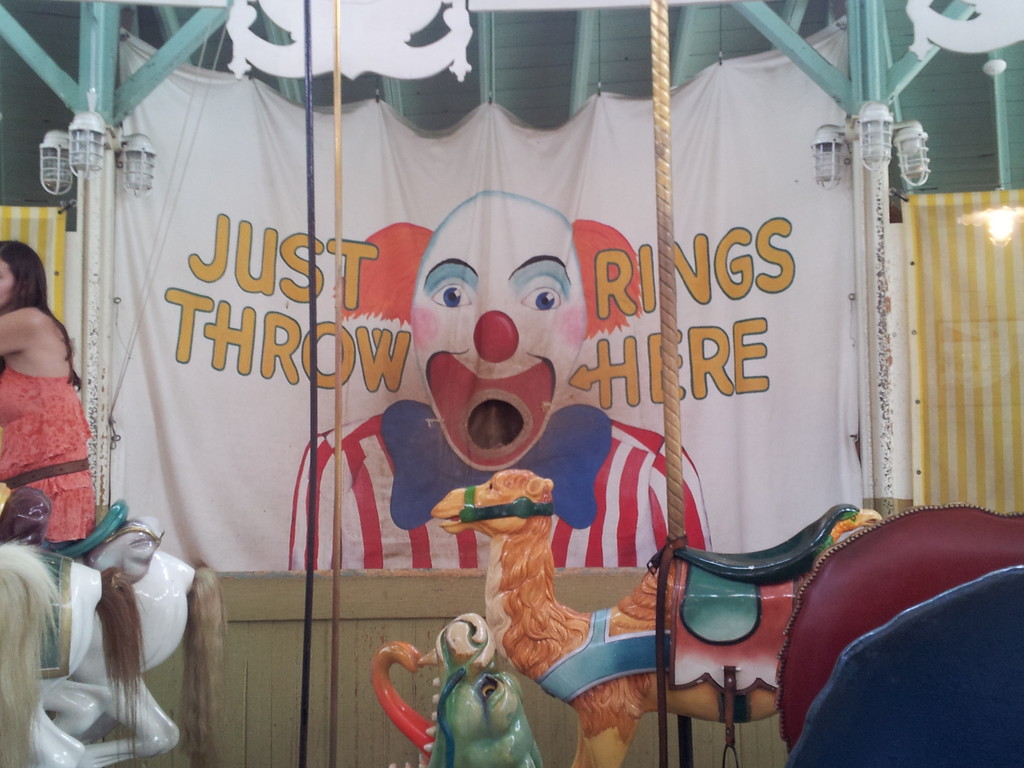
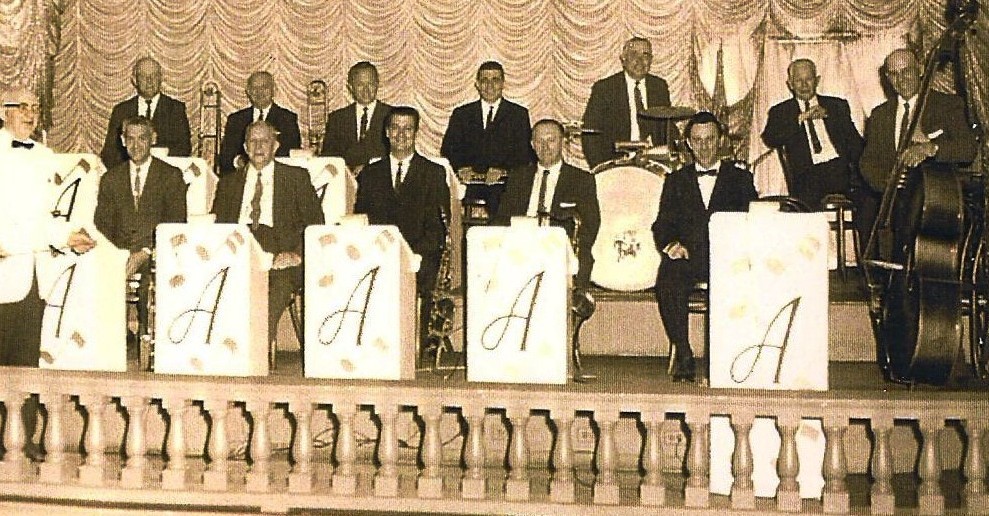
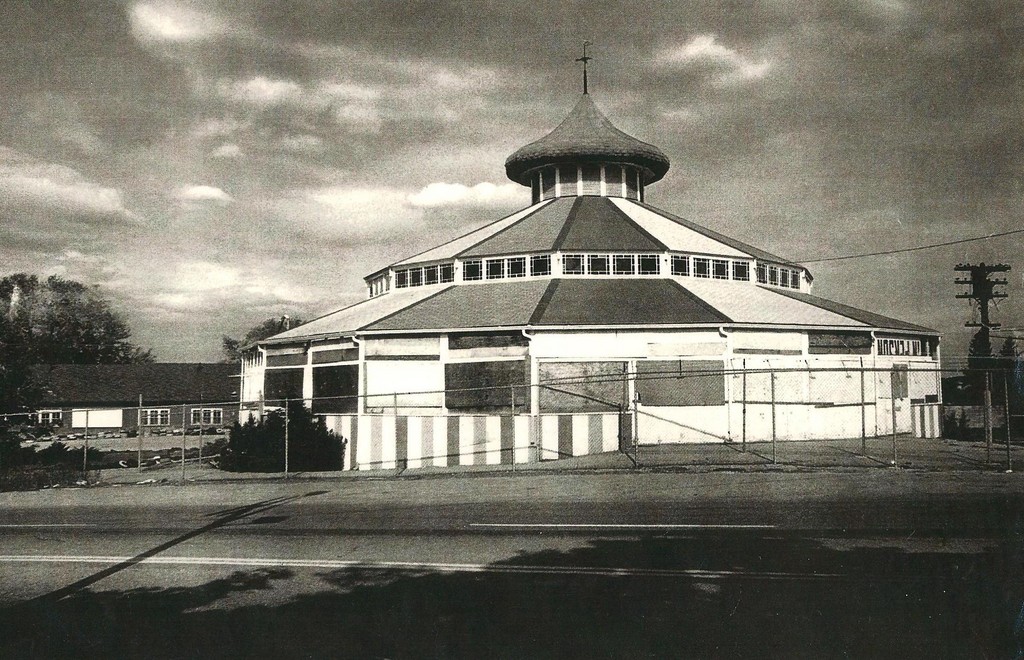


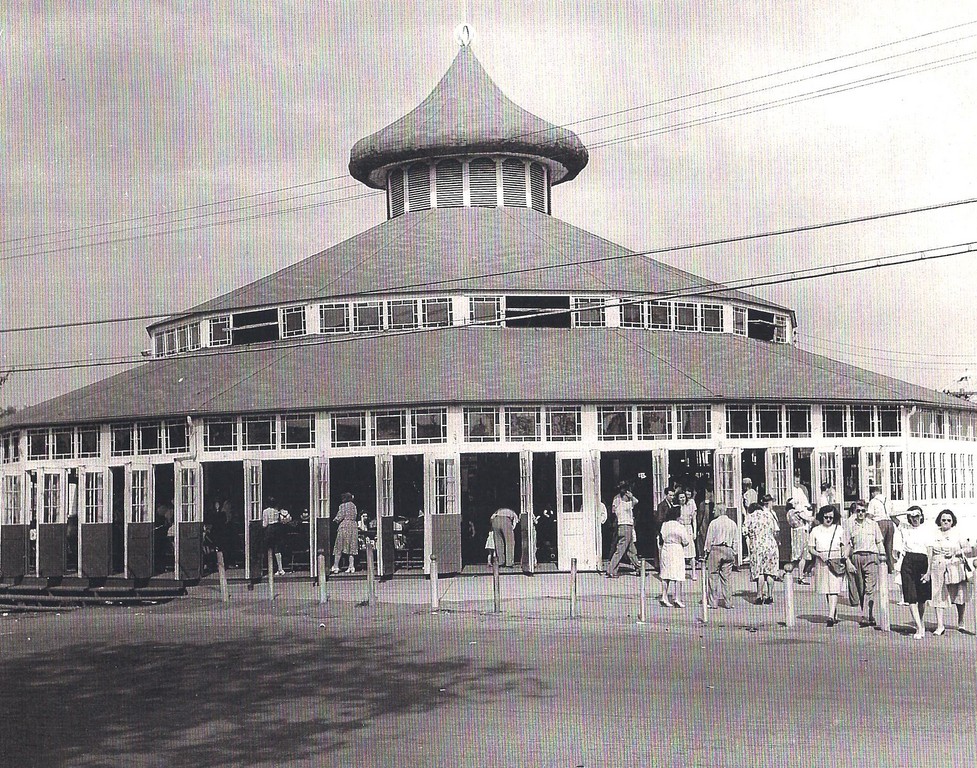
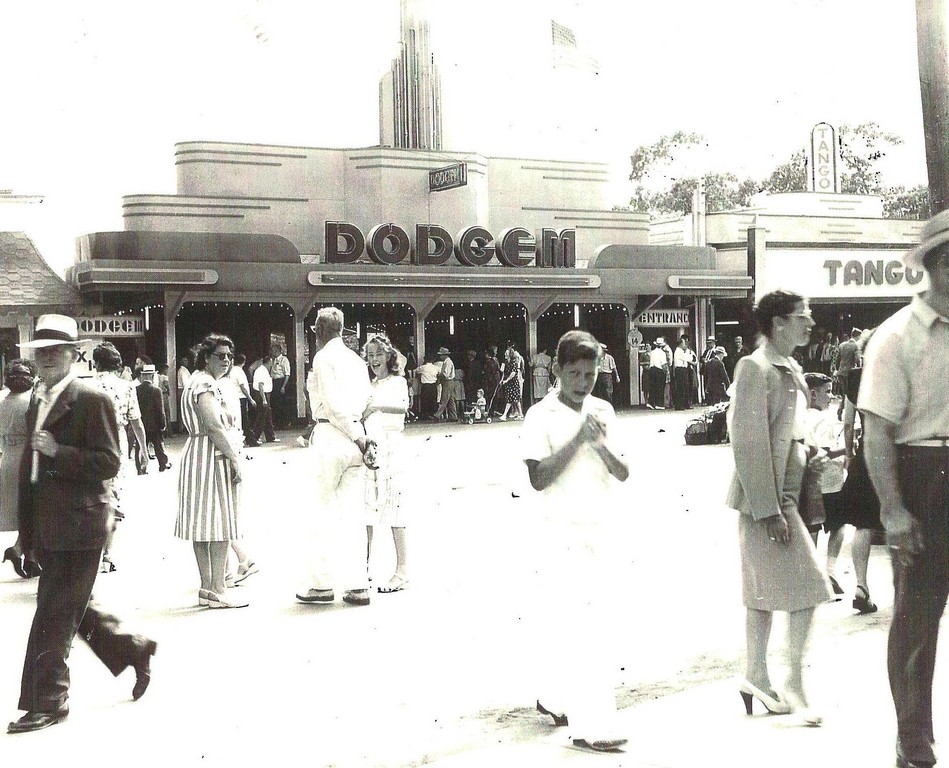
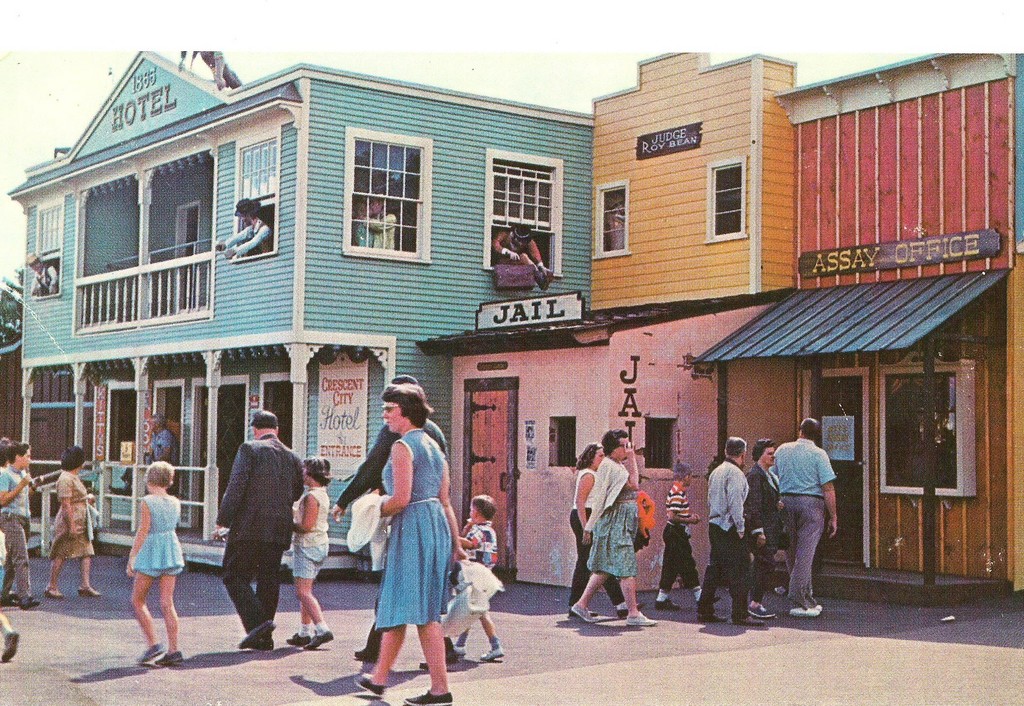

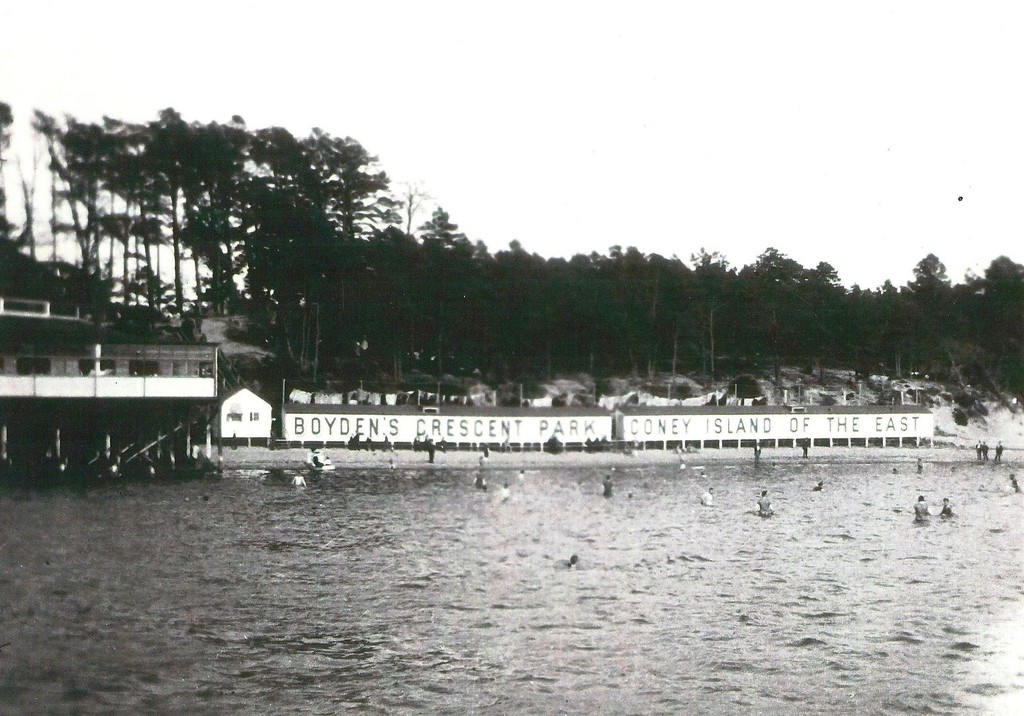
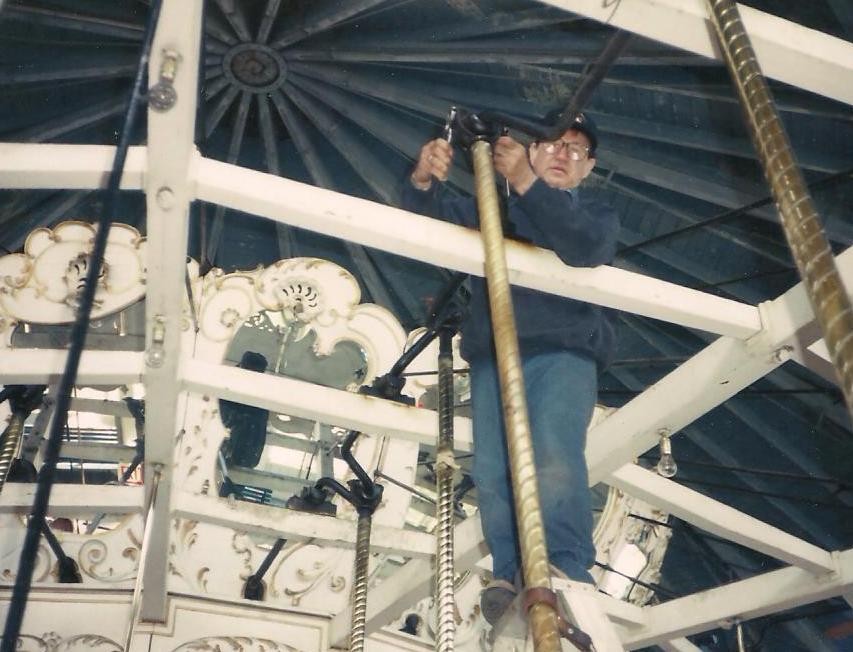
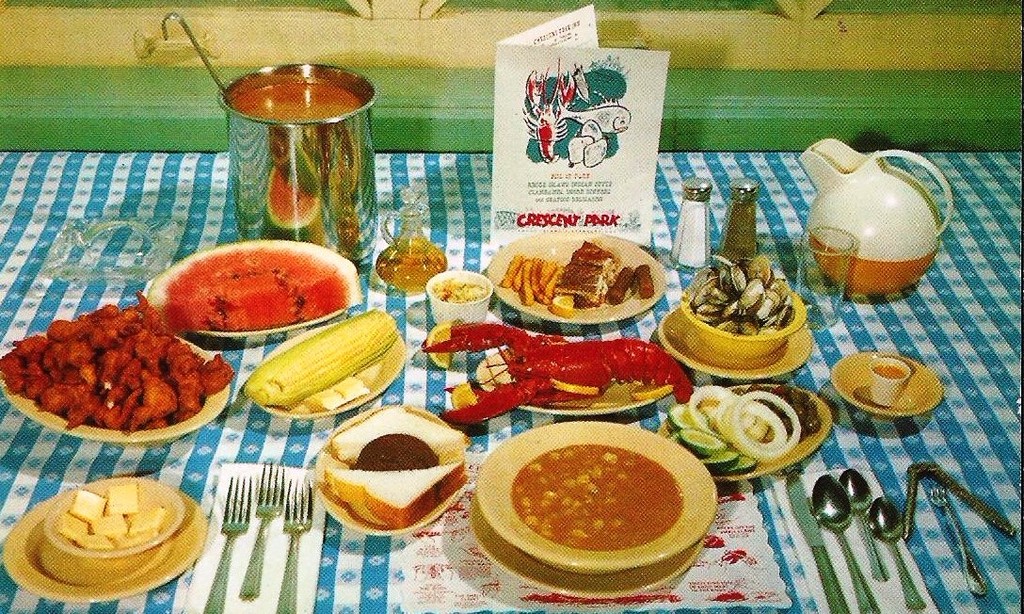
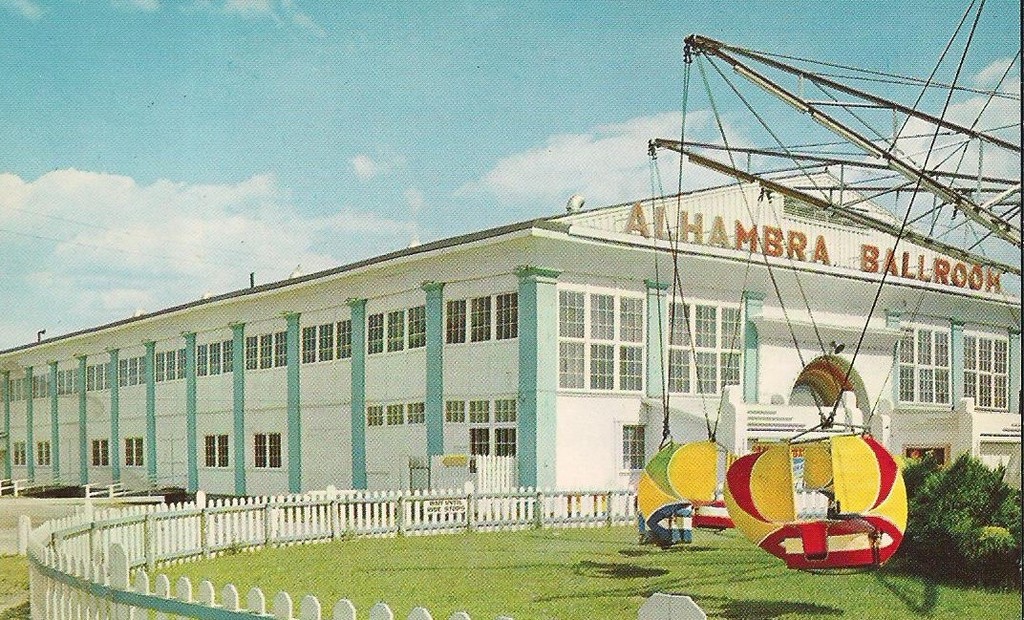
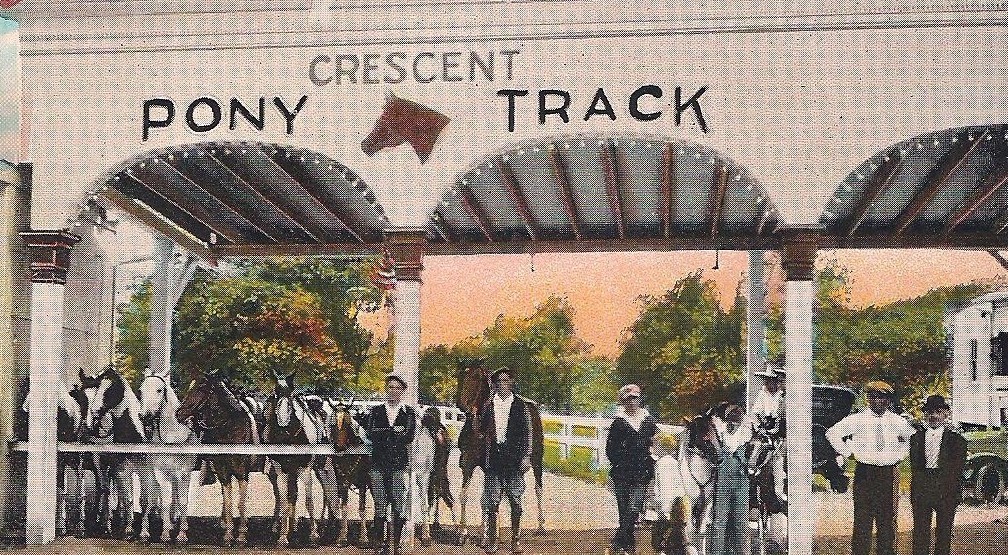
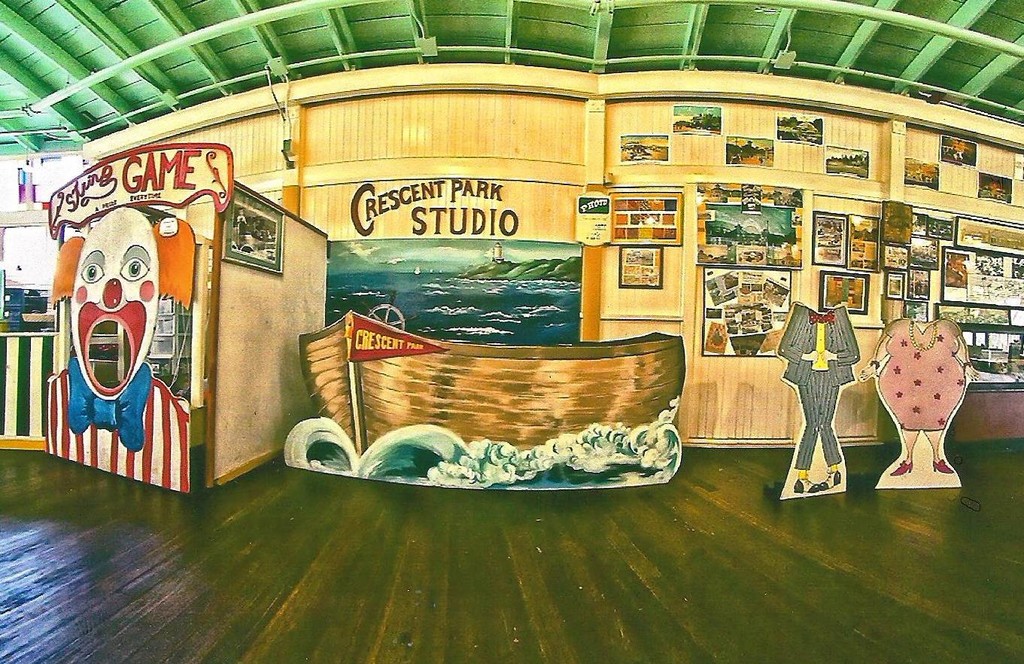


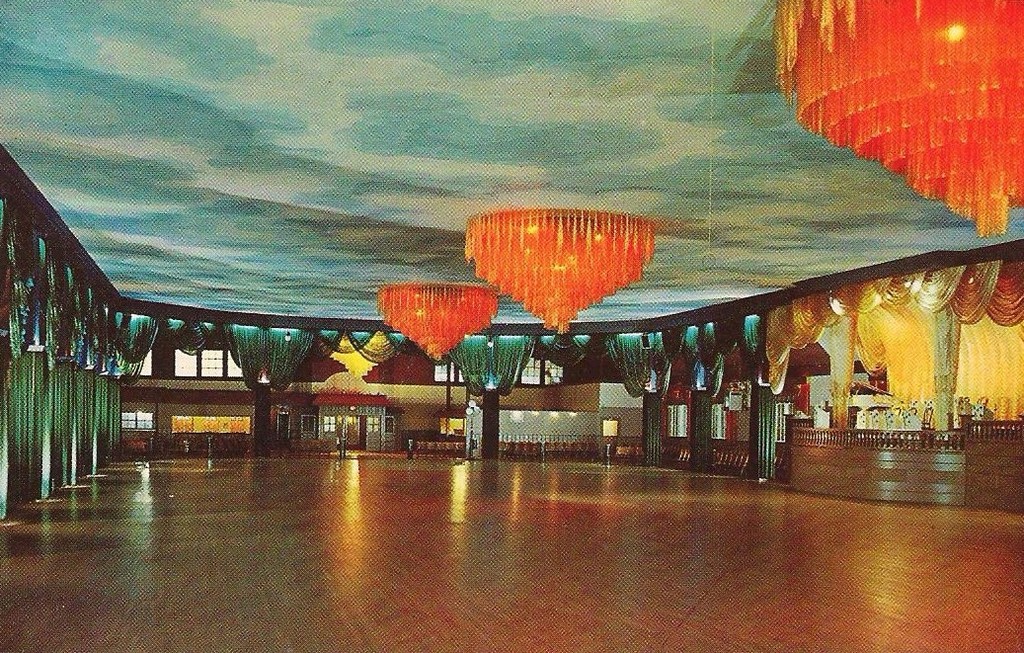
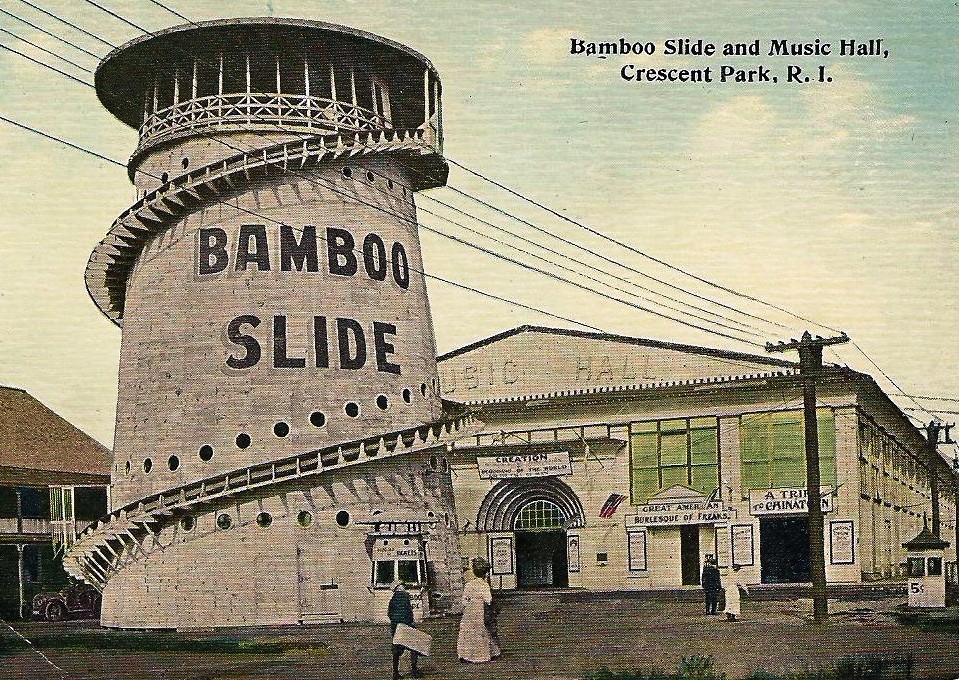



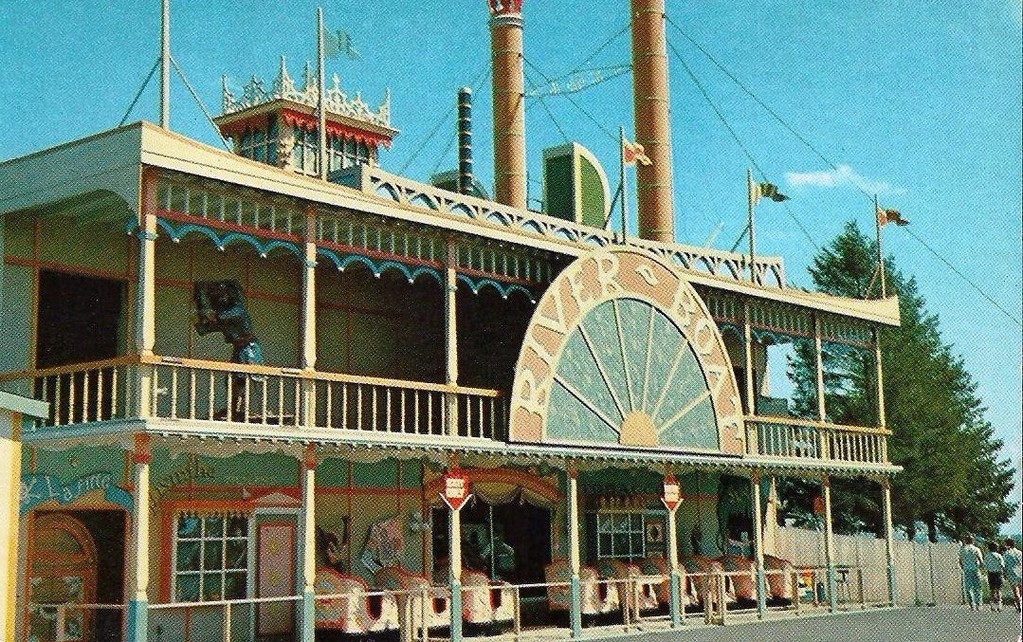
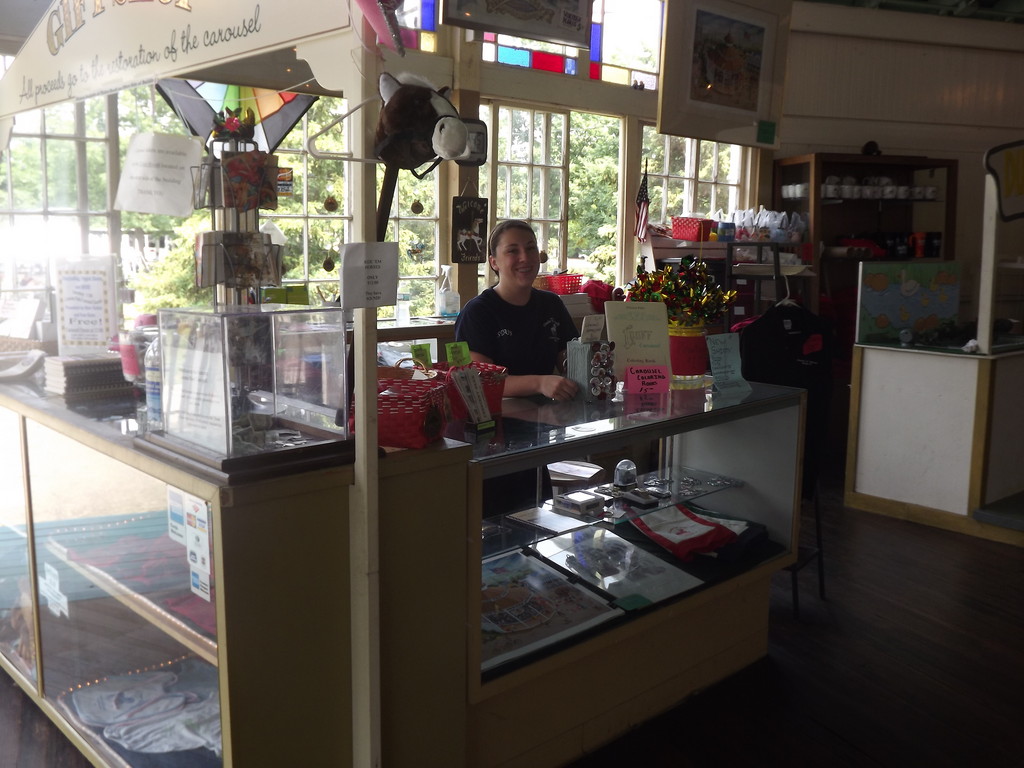
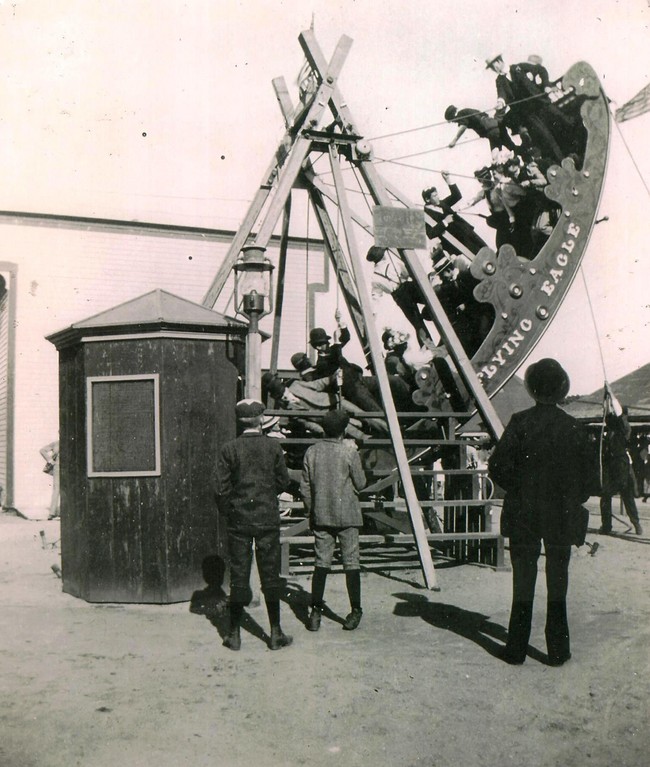





















































insideoutgraphics
This brings back many great memories of my youth. Being as my relatives had a large part to do with Park,McCuskers Taffy and Popcorn etc. I practically lived at the Park each summer.Wonderful article.My Mother is a McCusker. Excellent article ,thank you.
Thursday, August 8, 2013 Report this
Scfields
But, isn't coney Island the coney island of the east coast?
Tuesday, April 13, 2021 Report this